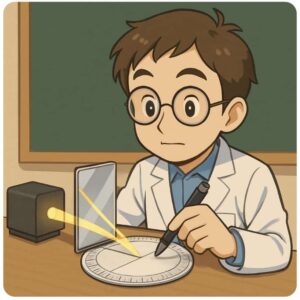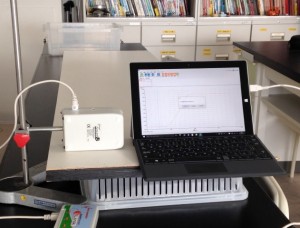Not Just a Toy! “Do Horses Walk on Tiptoes?” — How Students Learn with Realistic Animal Figures (Plus a Fun Quiz!)
Hi, I’m Ken Kuwako, your Science Trainer. Every day is an experiment.
【This article is also available as a radio broadcast!】
Ready to unlock the door to science with a “Zoo in the Palm of Your Hand”? When you hear “biological classification” in class, it might sound like a tough subject, maybe just a matter of rote memorization. But what if a lineup of incredibly lifelike figures was right in front of you?
“This one and that one look alike!” “Wait, this one has a different number of legs!”
From simple, spontaneous observations like these, the amazing story of life’s evolution begins. Preparing real living creatures for every lesson, though, is a huge hassle. The incredible realism of these “figures” is what swept that problem away!
Today, I’m introducing a set of figures that I actually used in class and that made my students’ eyes light up. They aren’t just “realistic”; the way the students started finding their own questions and classifying the figures through trial and error was the perfect example of inquiry-based learning. The set I recently got was the “Terra Insect Figures: Insect World Assortment, 12 Species, 60-Piece Set.” Honestly, I initially dismissed it, thinking, “It’s just a toy, right?” But I was genuinely amazed when I opened it!
Insect Pack: Terra Sea Animals: Sea Animal World Figures
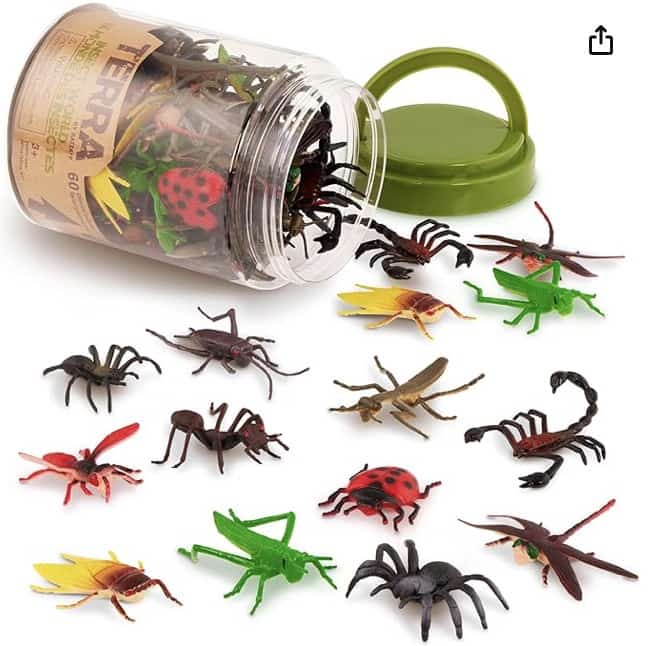
Astonishing Realism! Exquisitely Crafted to Highlight Key Differences
The first thing that blew me away was the sheer realism. Various insects, from rhinoceros and stag beetles to ladybugs and grasshoppers, are intricately made. Features like the number of legs, body segments, and even wing patterns are incredibly well-reproduced. I found myself thinking, “These are virtually indistinguishable from the real thing!” The fact that each type comes in a pack of five is also the perfect quantity for small-group activities.
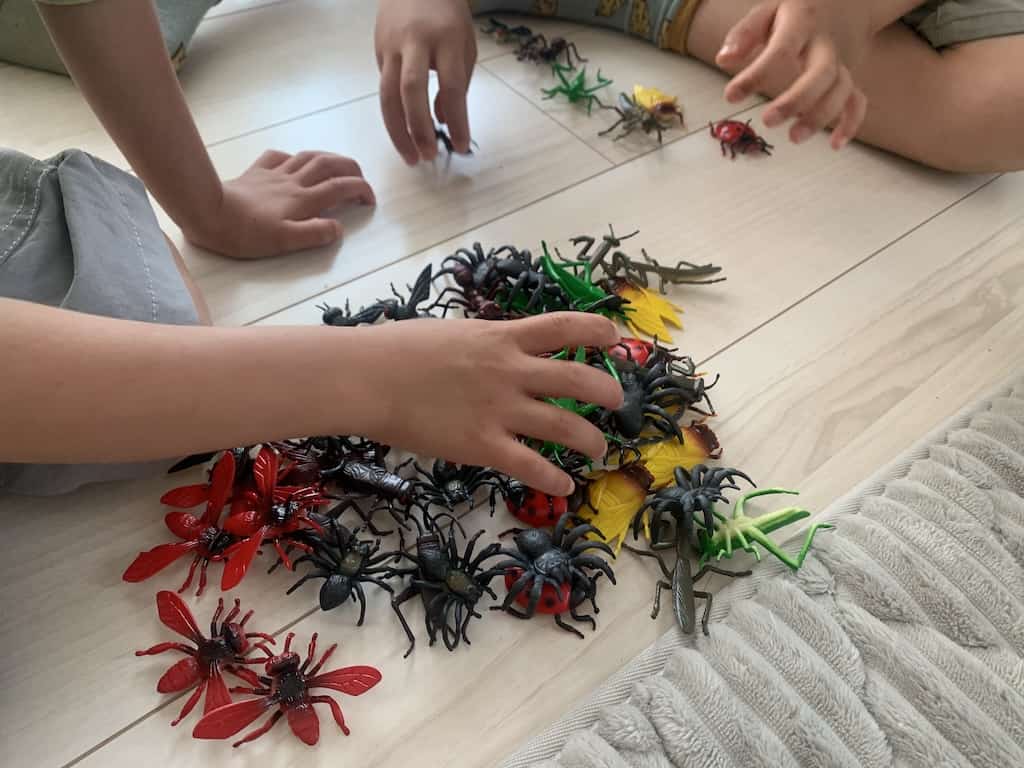
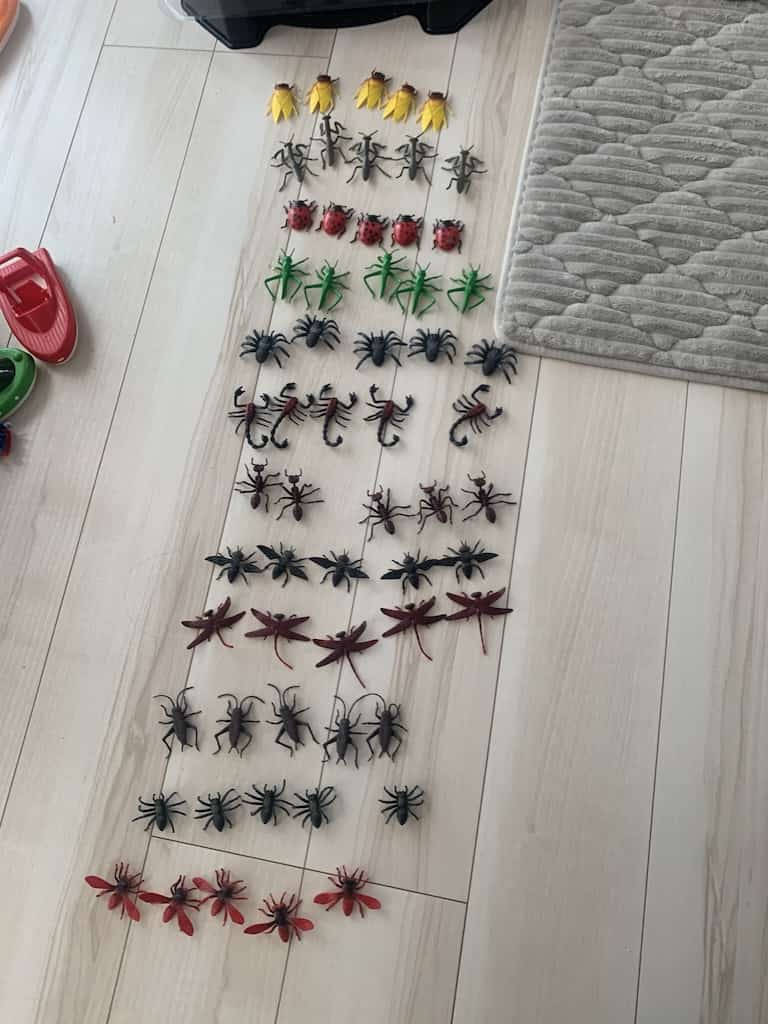
What makes this set truly brilliant is the deliberate inclusion of non-insects (two types of spiders and a scorpion) in the insect figure set. This, my friends, is the ultimate “learning trick”!
When I ask students to “gather the insects,” they almost always include the spiders and scorpion. That’s when I pose the question: “Hmm, are you sure all of these are insects?” The definition of an insect is: a body divided into three parts (head, thorax, and abdomen) and six legs. Take a closer look at the figures…
Spiders have two body parts (cephalothorax and abdomen) and eight legs. Scorpions also have eight legs. They are not insects; they are “arachnids” (spider relatives). While they belong to the same large group, “Arthropods,” their body structures are different. This act of “finding the differences” is the very first step in taxonomy (classification). The realism of the figures makes this detailed comparison possible.
Fascinated by this realism, I decided to buy other series as well.
- Sea Creature Pack: Terra Sea Animals: Sea Animal World Figures
- Animal Pack: B. toys Terra by Battat Animal Figures
- Reptile Pack: Terra by Battat toys Reptile Figures
Every single one delivered the quality I expected, allowing me to cover a wide variety of creatures.

Classroom Application: The “Why?” Questions Just Kept Coming!
Once I had all these figures, I immediately put them to use in class. I mixed all the figures together, divided them into smaller zip-top bags, and distributed them to each group. Then, I gave the students a single instruction: “Classify these creatures any way you like.”

The students immediately began classifying them from various perspectives:
- “This is a mammal,” “That’s a reptile”: Many students attempted to classify them using the vertebrate groups they had already learned (the “-iles” and “-als”). This was a great attempt to apply their existing knowledge.
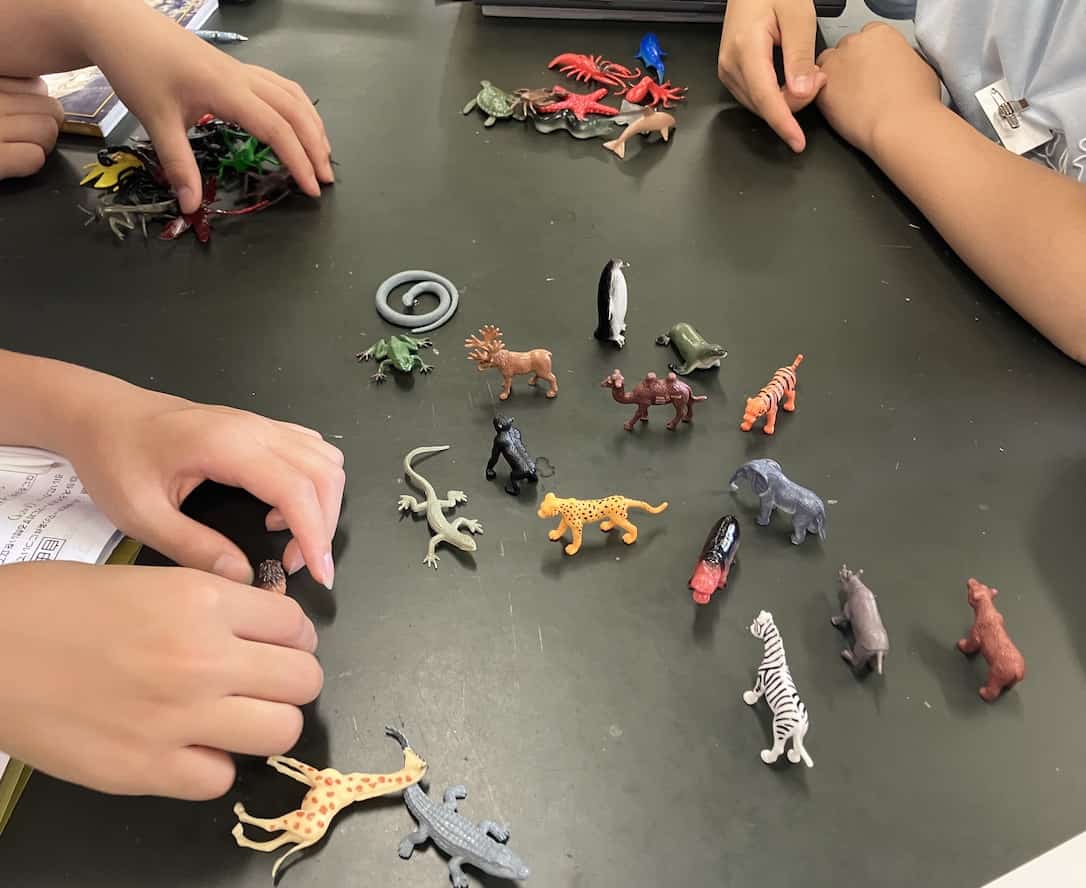
- “Land animals vs. Sea animals”: Other students classified them based on habitat. Some groups struggled with how to categorize sea creatures like starfish and octopuses. These, of course, are “invertebrates” (animals without a backbone). This led them to the realization that scientific classification doesn’t just rely on “looks” (e.g., star shape) but on internal structure (presence or absence of bone)—an “invisible criterion.” This was a perfect gateway to discovering the fascinating nature of scientific classification.
- “The horse is standing on its tip-toes!” “The lion and zebra have different eye positions!”: Even more interesting were the observations made possible by the 3D nature of the figures.
- One student exclaimed, “The horse is standing on its tip-toes!” And they were right. A horse stands only on the hoof of its single middle toe! This is an evolutionary result of needing to run fast across the plains to escape predators. The student noticed this functional shape simply by looking at the figure.
- Another student discovered, “The lion and the zebra have different eye placements!” Carnivores (lions) have eyes on the front of the face (binocular vision) to accurately judge distance to prey. Herbivores (zebras), on the other hand, have eyes on the sides of the face to maintain a wide field of vision and quickly spot predators.
These are discoveries that are hard to make with flat textbook diagrams, highlighting the unique value of using three-dimensional models.
By holding the figures and observing them from various angles, students found their own “criteria for classification” and proceeded through trial and error. I was reminded again that this exact process is extremely important for fostering scientific thinking, observation skills, and a spirit of inquiry.
Scientific Knowledge Deepens Because It’s “Real”
Lessons using these figures go beyond simply memorizing biological names, leading to profound learning outcomes like these:
- The Existence of Diverse Classification Criteria: Students realize that organisms can be classified not only by systematic categories like vertebrates and invertebrates but also by various criteria such as habitat, diet, and body structure.
- The Link Between Form (Shape) and Function (Role): Observing the fine details of the figures helps students realize that an organism’s body structure (form) is intimately connected to its lifestyle and survival strategy (function). Questions like “Why does a horse stand on its tip-toes?” or “Why are a lion’s eyes forward-facing?” lead directly into the story of evolution.
- A Sense of Biodiversity: By handling various types of organisms, students gain a real appreciation for the diversity of life on Earth and the unique evolutionary paths each has taken.
- An Introduction to “True Classification”: After the students classify the animals themselves, a subsequent explanation of “scientific classification (phylogenetic classification)” allows them to understand its necessity and rationale through “conviction” rather than mere “memorization.”
Seeing the students’ lively reactions, I truly felt, “I’m so glad I bought these!” I highly recommend that you all incorporate these figures into your lessons or playtime with your children to spark countless “Whys?” and “Aha!” moments!
The Animal Guessing Game
Teacher S shared this Animal Guessing Game with me. You simply choose one animal figure from the set. Here are the rules:

1. Guess which animal on the list your opponent’s figure is.
2. Take turns asking your opponent one question that can be answered with only “Yes” or “No.”
☆ Make sure your question can only be answered “Yes” or “No!”
3. If you haven’t figured it out, repeat the questions. If you know the answer, instead of asking a question, make a guess by saying, “Are you a (Animal Name)?”
The player who uses fewer questions wins. It’s a simple game, but it was a huge hit!
Contact & Business Inquiries
Making the wonders and fun of science more accessible! We clearly summarize easy and enjoyable science experiments you can do at home, along with tips and tricks. Feel free to search around!
- About the operator, Ken Kuwako: Click Here
- For various requests (writing, lectures, science classes, TV supervision, appearances, etc.): Click Here
- Article updates are posted on X!
![]() We post experiment videos on the Science Channel!
We post experiment videos on the Science Channel!

